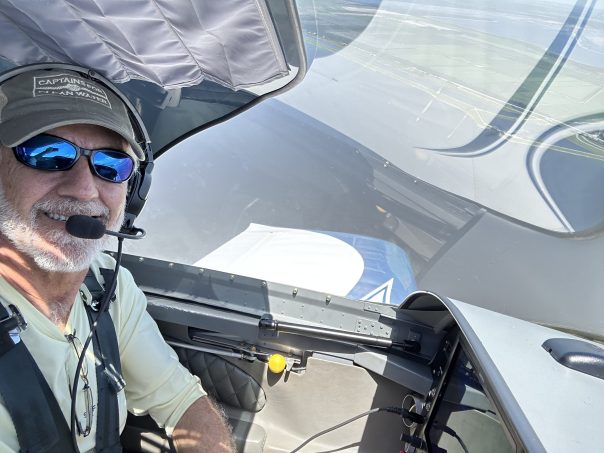It is day 23 of at least 365 on America’s Great Loop. At this point, with bruised arms and sore elbows, I am a bonafide first-mate and have learned to take orders. Every day, I assist my captain. I check diesel levels, I peer intently through binoculars looking for Intracoastal triangles, announce distant shoaling, man the lines, drop the fenders, and sometimes even take the wheel. I have accepted my fate ~ I am not in charge.

However, Captian Ed and I have re-bonded through my acceptance of this simple but profound concept, one I never did accept in the 20 years of our marriage. I’ve decided it’s OK for now. 🙂
Life has changed. Every day chores like doing laundry, fixing a leaky sink, or vacuuming have become endearing. Kind of like being in college again. Serious decisions have given way to listening and discussion. We are becoming a team. How long this new peace-pact will last, I am not certain. But on our 55 foot trawler, “Finito,”we live day by day; it’s slow and beautiful.


The low country of the Carolina coast is defined by marshlands and the American history of the Deep South. These marshes fed the riches of cotton, indigo and rice plantations. The Gullah culture of former slaves resonates, though the area is now covered with golf courses and subdivisions.

The marshes themselves are habitat to hundreds of aquatic organisms, birds, and animal species. Connected to countless river estuaries, they are the nursery to the sea. Polluted stormwater, groundwater contamination, and developmental habitat destruction have negatively affected some areas. To the untrained eye, like mine, it looks relatively healthy. Of course, turn of the century dredging of the Intracoastal Waterway created our “Great Loop” roadway.



Since my last post Ed and I have traveled from Hilton Head to Port Royal; Port Royal to Charleston; Charleston to Georgetown; Georgetown to Myrtle Beach; Myrtle Beach to Southport; Southport to Wrightsville; and Wrightsville to Swansboro.
My uncle reminded me that my Henderson ancestors traveled up North Carolina’s Cape Fear River where they settled near Campbelton, the same Scottish settlement name as the town they’d left in the 1770s. I picture them taking a ferry through the reed filled marshes, or a cypress black river, the tides washing away the hardships of the old-world and bringing hope for life anew.




































































































































































































































































































































































































































































































